A Comprehensive Guide on How to Choose the Best Smartphone
Published: 02.02.2025
Introduction to Smartphone Selection
In today's fast-paced digital world, choosing the right smartphone can be a daunting task with the plethora of options available in the market. A smartphone is no longer just a communication device but a versatile tool that integrates various aspects of our lives. When selecting a smartphone , it is essential to consider factors such as budget, operating system, features, design, camera quality, battery life, and brand reputation.
Budget plays a crucial role in determining the range of smartphones available for selection. It is important to strike a balance between price and desired features to ensure value for money. Operating system preference is another key consideration, with options like iOS, Android , and others offering different user experiences and app ecosystems.
Features such as processor speed, RAM, storage capacity, display quality, and connectivity options should align with the user's needs and usage patterns. A good camera is often a priority for many users, so evaluating camera specifications and image quality is essential. Battery life is another critical factor, especially for users who rely heavily on their smartphones throughout the day.

Design and build quality contribute to the overall user experience, with considerations like screen size, form factor, materials used, and ergonomics playing a role in user satisfaction . Brand reputation can also influence the decision-making process, as established brands often offer reliability, customer support, and software updates.
In this comprehensive guide, we will delve deeper into each of these factors to help you make an informed decision when choosing the best smartphone that suits your needs and preferences.
Operating System Comparison
When choosing a smartphone, one of the key factors to consider is the operating system it runs on . The operating system plays a crucial role in determining the user experience, performance, and available features of the device. In this section, we will compare the two most popular operating systems for smartphones: Android and iOS.



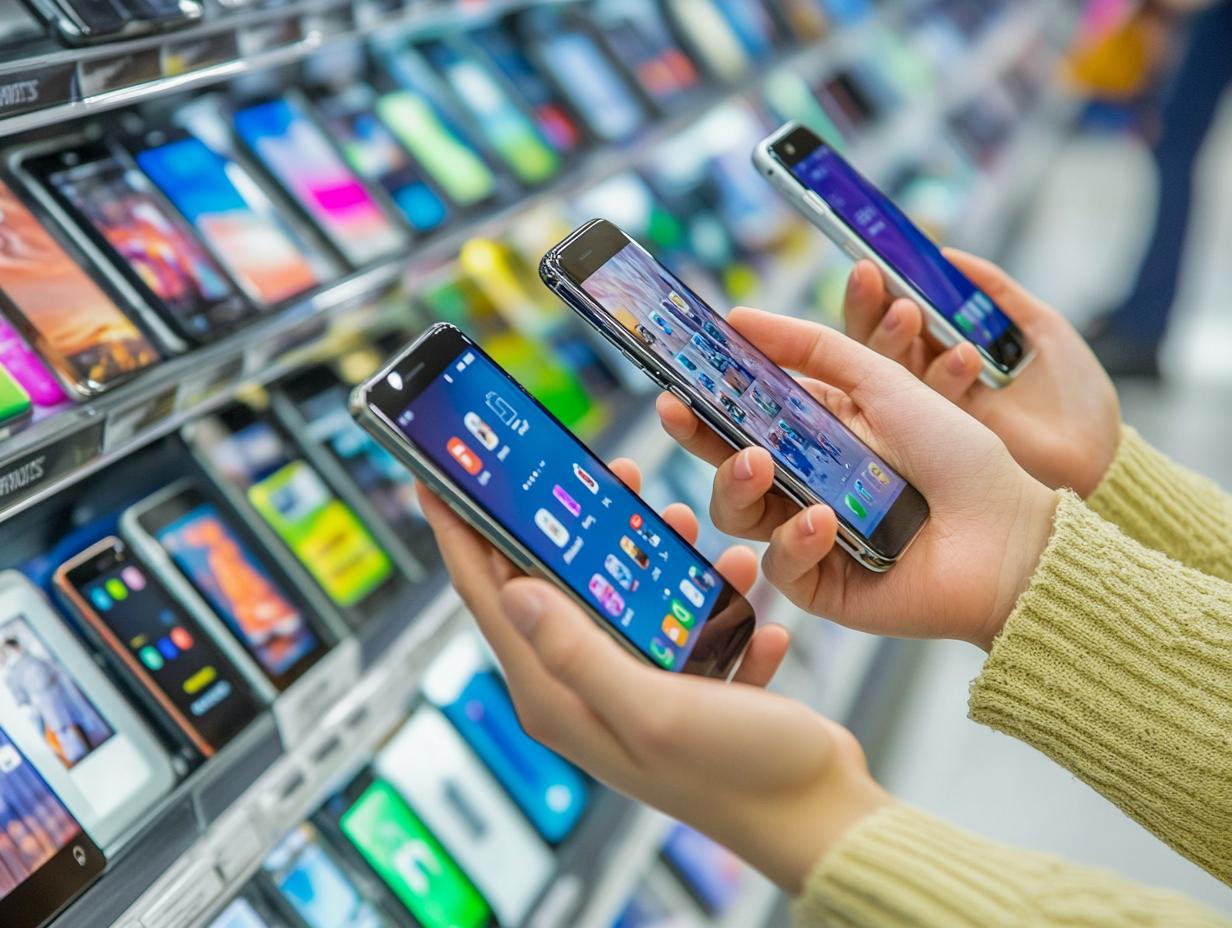


Android, developed by Google, is known for its flexibility and customization options . It offers a wide range of devices at various price points, catering to different user preferences. Android allows users to personalize their devices with widgets, custom launchers, and a vast selection of apps from the Google Play Store. However, the open-source nature of Android can lead to fragmentation, with different devices running on different versions of the operating system.
On the other hand, iOS, developed by Apple, is praised for its seamless user experience and strong focus on privacy and security. iOS devices are known for their smooth performance, timely software updates, and integration with other Apple products and services. The closed ecosystem of iOS ensures consistent user experience across all devices, but it also limits customization options compared to Android.
When choosing between Android and iOS, consider your priorities: if you value customization and a wide range of device options , Android may be the better choice for you. If you prioritize user experience, performance, and ecosystem integration, iOS could be the ideal operating system for your smartphone.
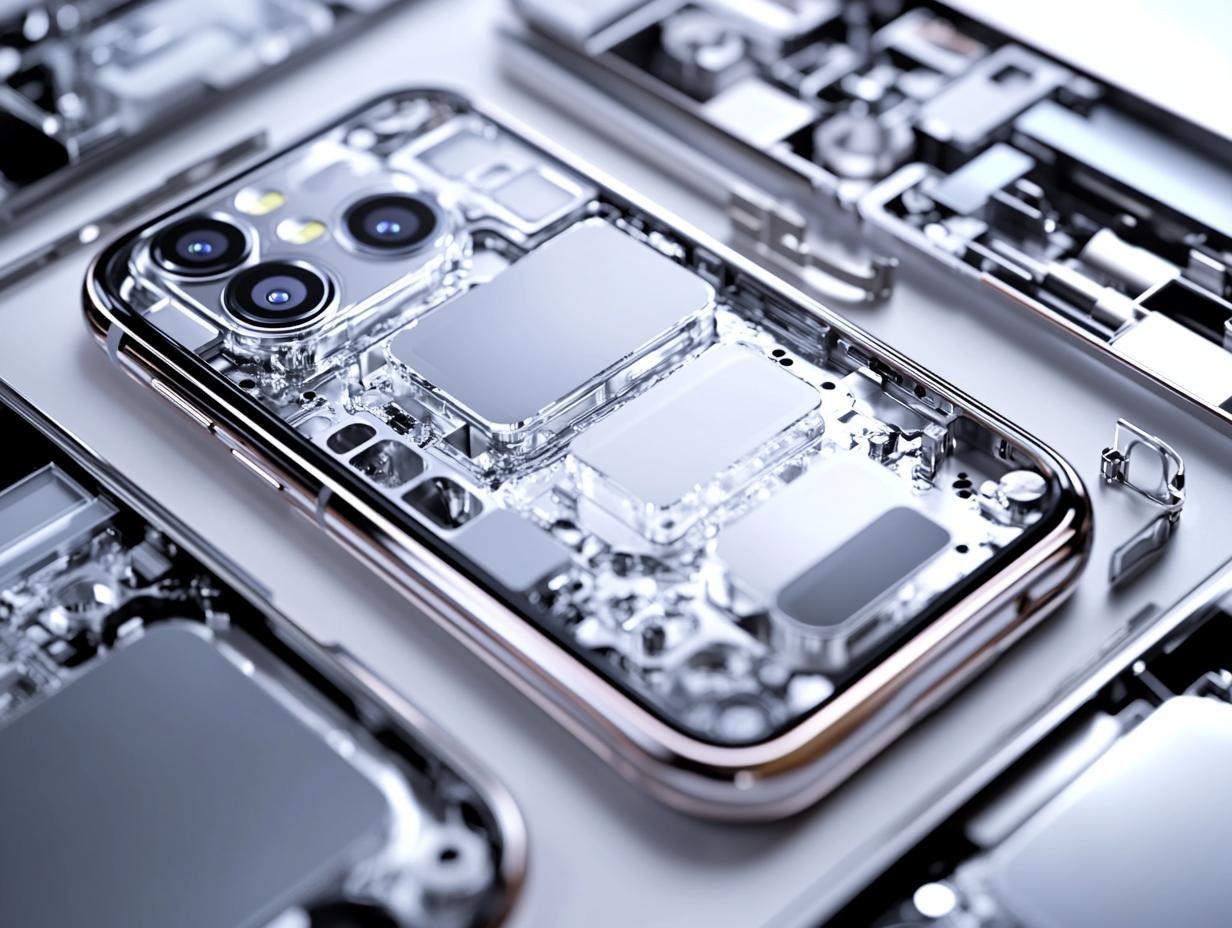
In conclusion, both Android and iOS have their strengths and weaknesses, so it's essential to weigh your preferences and priorities when selecting the operating system for your smartphone.
Hardware Specifications to Consider
When choosing the best smartphone for your needs, it's essential to consider the hardware specifications to ensure optimal performance and functionality. Here are some key hardware specifications to keep in mind:
- Processor: The processor is the brain of the smartphone, responsible for its speed and overall performance. Look for smartphones with the latest and most powerful processors, such as Qualcomm Snapdragon or Apple A-series chips, for smooth multitasking and gaming.
- RAM: Random Access Memory (RAM) determines how many apps you can run simultaneously without experiencing lag. Opt for smartphones with at least 4GB of RAM for seamless performance, especially if you use resource-intensive apps.
- Storage: Consider the amount of internal storage the smartphone offers, as it will dictate how many photos, videos, apps, and files you can store on the device. Choose a smartphone with ample storage capacity or one that supports expandable storage via microSD cards.
- Battery Life: A long-lasting battery is crucial for ensuring your smartphone can keep up with your daily usage. Look for smartphones with large battery capacities, fast charging capabilities, and efficient power management features to avoid frequent recharging.
- Display: The display size, resolution, and quality play a significant role in the overall user experience. Opt for smartphones with vibrant OLED or AMOLED displays, high resolutions (Full HD or higher), and features like HDR support for immersive multimedia consumption.
- Camera: If photography is important to you, pay attention to the smartphone's camera specifications. Look for smartphones with multiple rear cameras for versatile shooting options, high megapixel counts for detailed photos, and advanced features like optical image stabilization and night mode.
- Connectivity: Ensure the smartphone supports the latest connectivity standards, such as 5G, Wi-Fi 6, and Bluetooth 5.0, for fast data speeds, seamless connectivity, and compatibility with future technologies.
By considering these hardware specifications, you can make an informed decision when selecting the best smartphone that meets your needs and preferences.
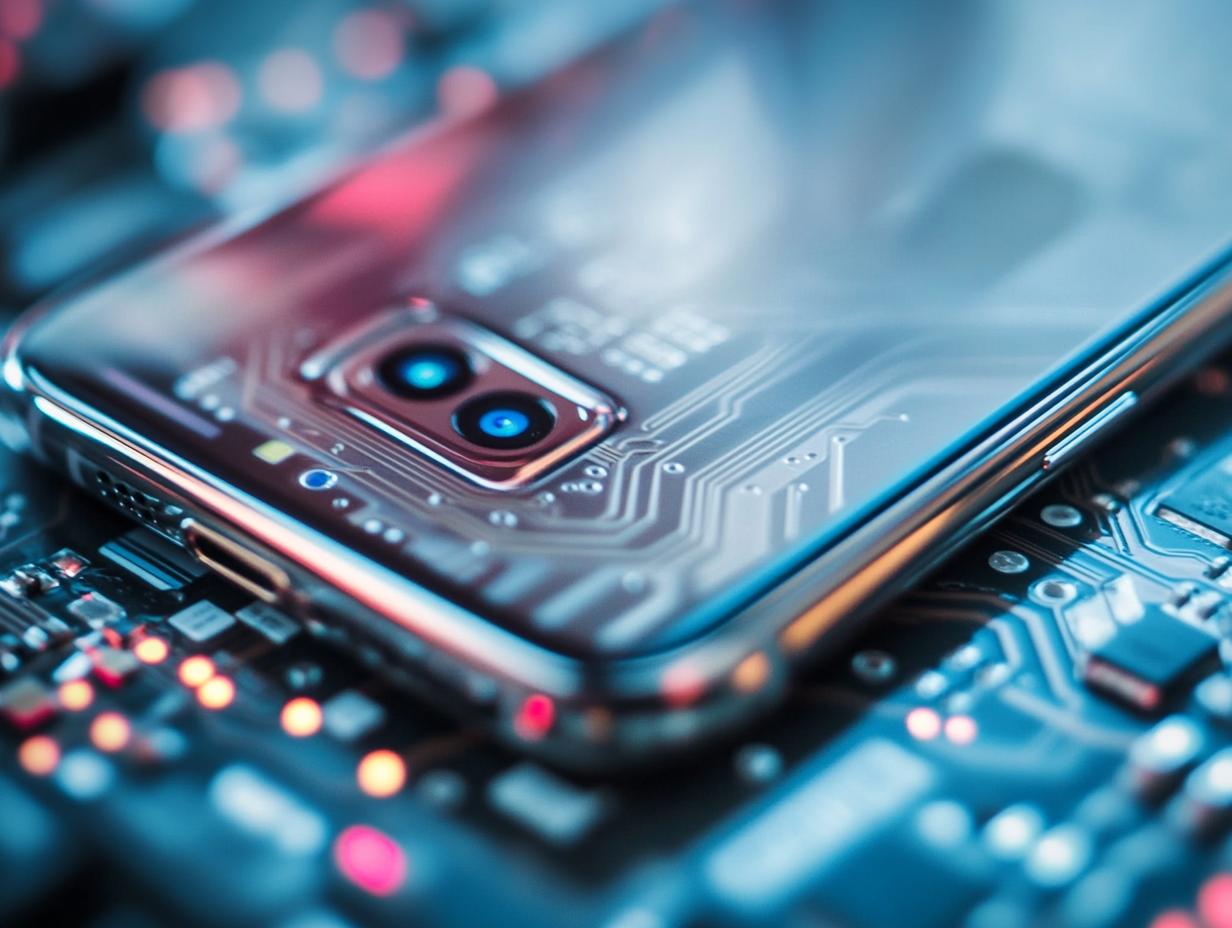
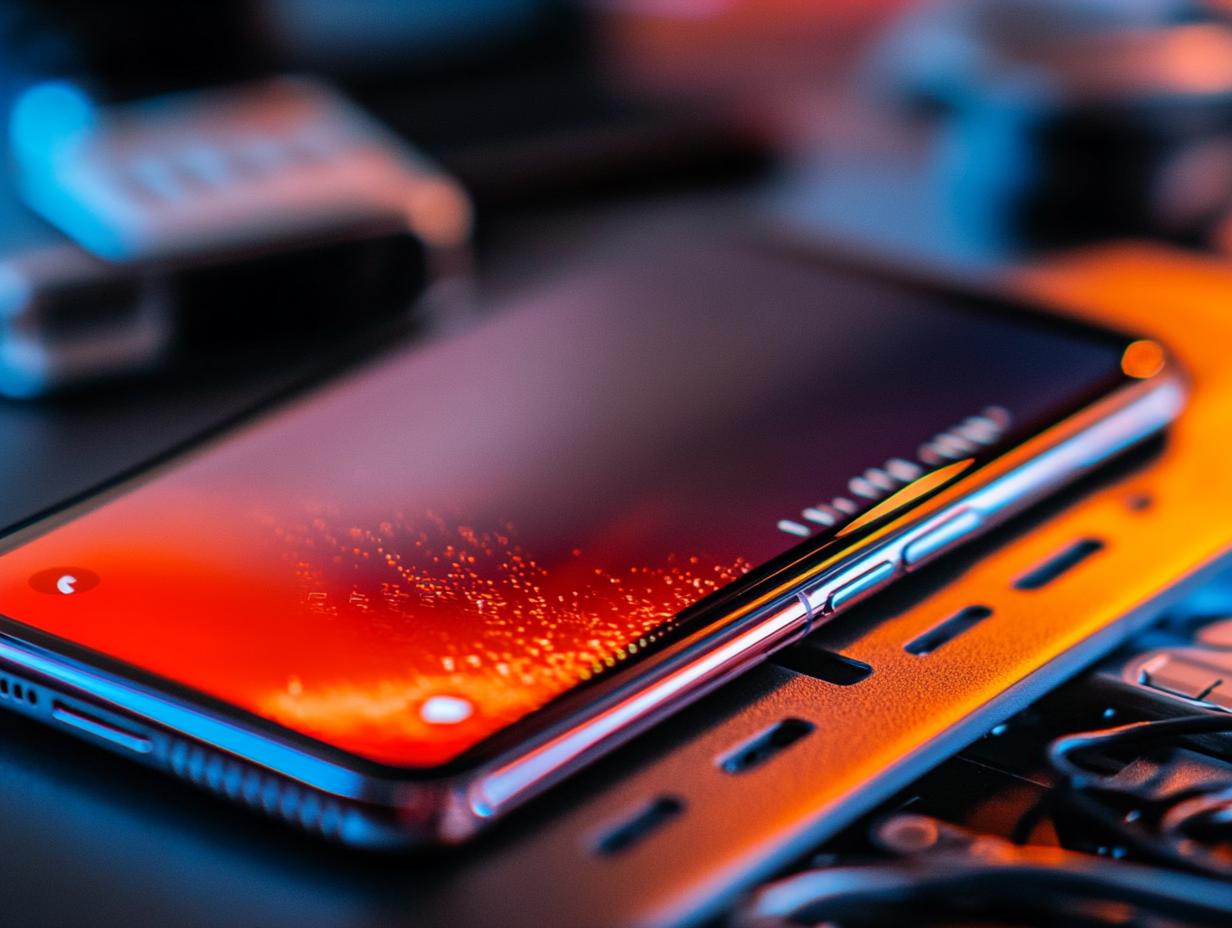
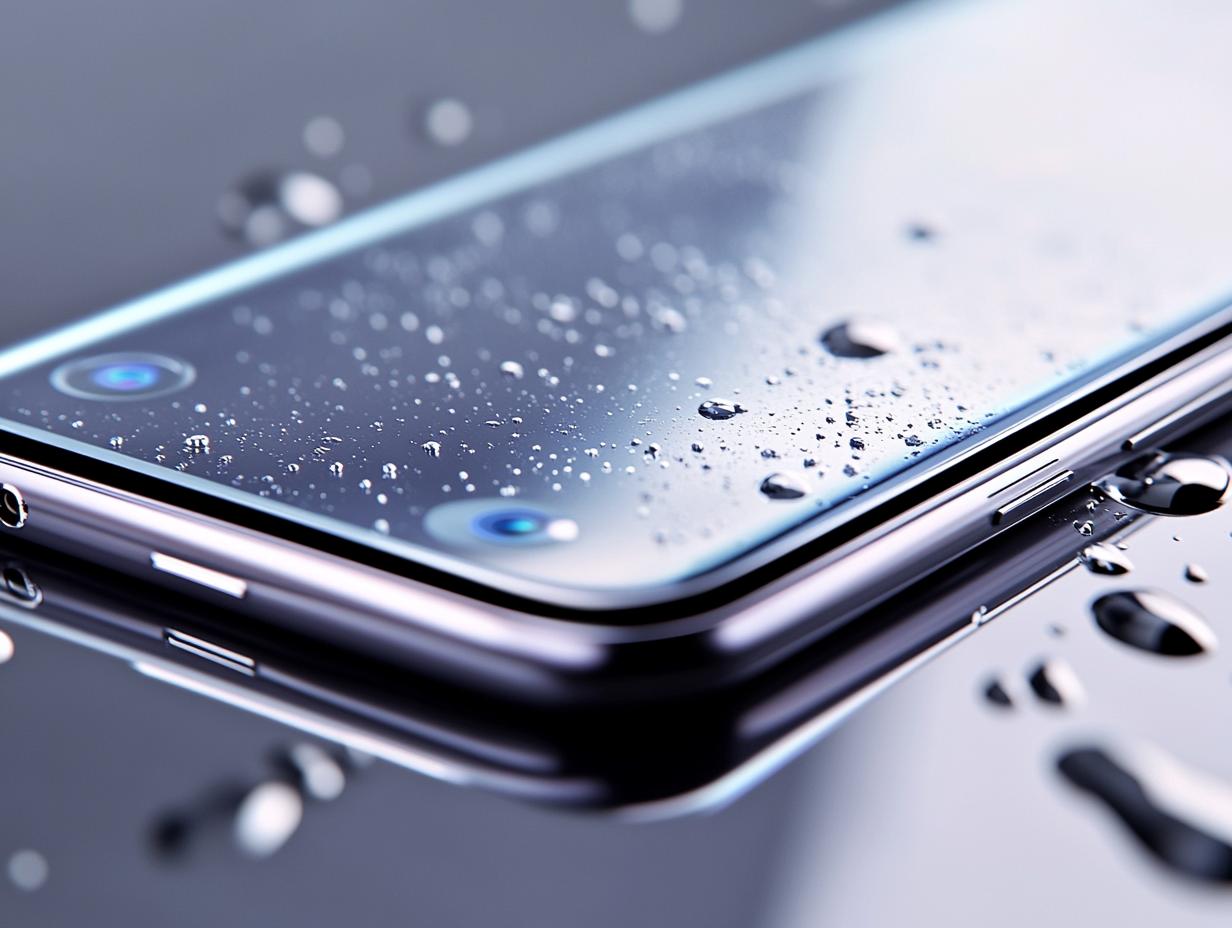
Design and Build Quality
When it comes to choosing the best smartphone, design and build quality play a crucial role in the overall user experience. A well-crafted device not only looks appealing but also feels comfortable to hold and use on a daily basis.
The design of a smartphone encompasses various aspects such as the materials used, the placement of buttons and ports, the size and weight of the device, and the overall aesthetics. High-quality materials like glass, metal, or premium plastics can enhance the look and feel of a smartphone while also providing durability. Additionally, a thoughtful design that takes into consideration ergonomics can make a smartphone easier to handle and operate.
Build quality refers to how well the components of a smartphone are put together to create a sturdy and reliable device. A smartphone with excellent build quality will have tight seams, solid construction, and durable materials that can withstand daily wear and tear. It is essential to choose a smartphone that feels solid and well-built to ensure longevity and performance over time.
When evaluating the design and build quality of a smartphone, consider factors such as the finish of the device, the placement of the camera module, the feel of the buttons, and the overall craftsmanship. Pay attention to details like the alignment of components, the symmetry of the design, and the overall fit and finish of the device.
In conclusion, the design and build quality of a smartphone are essential factors to consider when choosing the best device for your needs. A well-designed and well-built smartphone not only looks great but also provides a premium user experience that can enhance your daily interactions with technology.
Battery Life and Charging Options
When choosing a smartphone, one of the key factors to consider is the battery life and charging options . A smartphone with a long-lasting battery can greatly enhance the user experience by ensuring that the device remains powered throughout the day. Here are some important aspects to keep in mind:
- Battery Capacity: The capacity of the battery, usually measured in milliampere-hours (mAh), determines how long a smartphone can last on a single charge. Higher capacity batteries generally offer longer battery life, but other factors like software optimization also play a role.
- Screen Size and Resolution: Larger screens and higher resolutions tend to drain the battery faster. Consider a balance between screen size and battery life based on your usage patterns.
- Power Management: Look for smartphones with efficient power management features that can help extend battery life. Features like adaptive brightness, battery saver modes, and background app restrictions can make a significant difference.
- Fast Charging: Fast charging technology allows you to quickly recharge your smartphone when the battery is running low. Check if the smartphone supports fast charging and what type of fast charging technology it uses.
- Wireless Charging: Some smartphones offer the convenience of wireless charging, allowing you to charge the device by simply placing it on a compatible charging pad. This can be a convenient option for users who prefer a cable-free charging experience.
- Battery Health: Over time, smartphone batteries degrade, affecting their overall capacity. Look for smartphones with features like battery health monitoring and optimization to help prolong the battery lifespan.
By considering these factors, you can choose a smartphone with a battery life and charging options that align with your needs and usage habits.